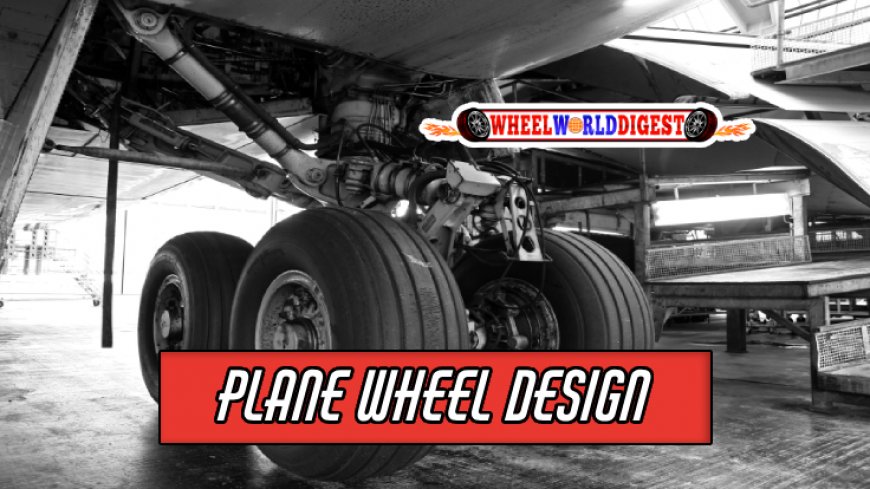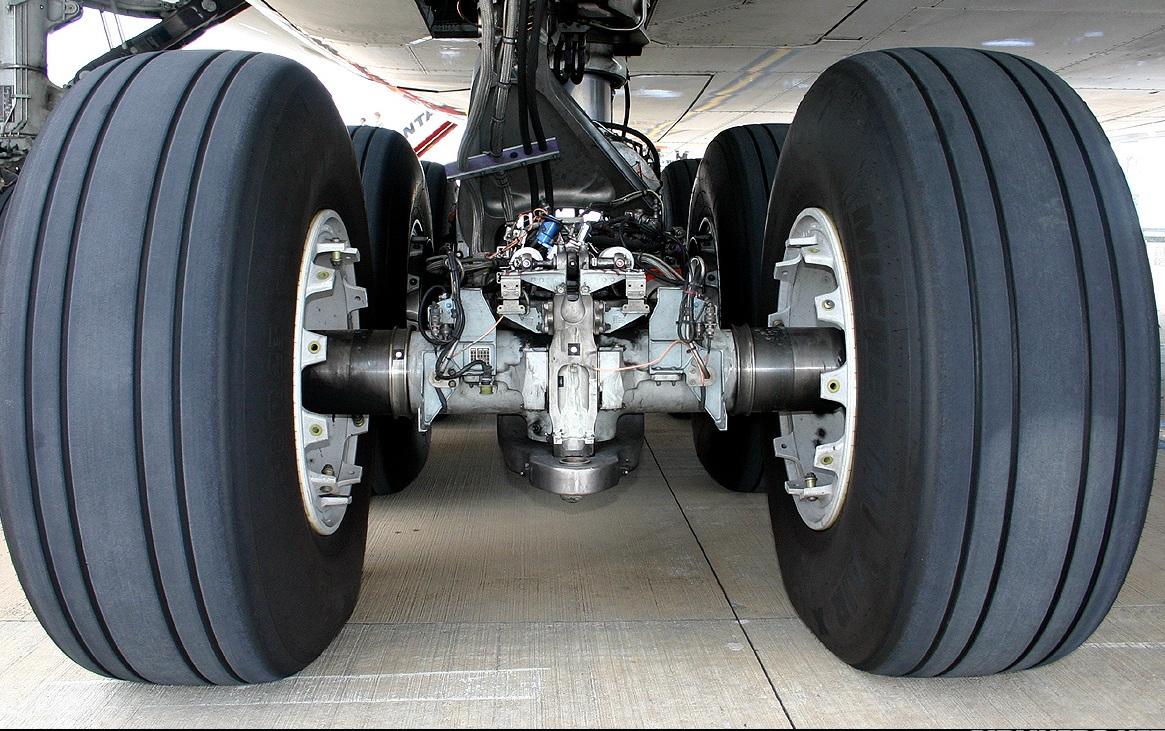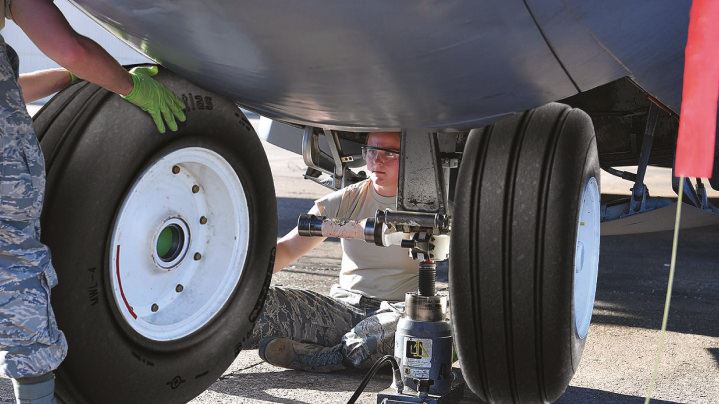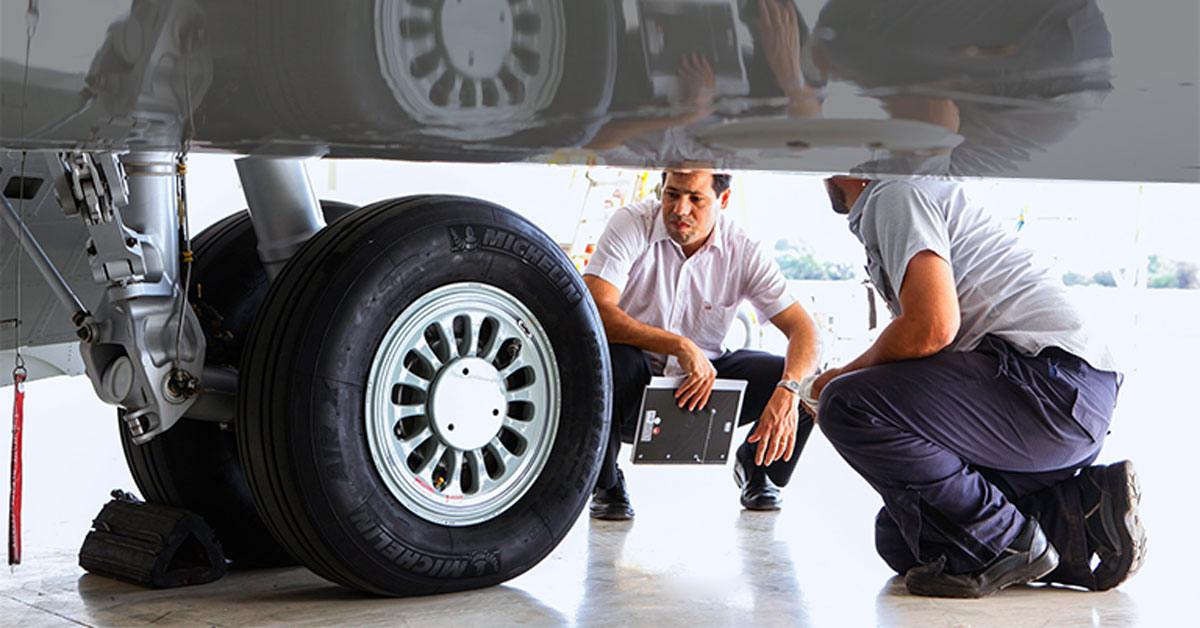Design Secrets of Plane Wheels Revealed
Uncover the robust design principles behind plane wheels that ensure durability and safety on every landing and takeoff.

Every glance at an airplane heading skyward conjures up curiosity and marvel. Interestingly, amidst the colossal and powerful engines, the humble plane wheels often get overlooked. Yet, dive deeper and you'll uncover a hidden world of engineering marvels in plane wheel design that keep air travel safe and efficient.
Demystifying the Principles Behind Plane Wheel Design
From their relentless thumping on the tarmac to battling brutal weather elements, plane wheels are a testament to flawless design. Let's discover the design secrets of these unsung heroes of aviation.
Table of Contents
- Materials in Plane Wheel Design
- Arresting Heat Dissipation
- Calculated Dimensions and Load Support
- Braking the Force
- The Invisible Guard - Tyres
- Future of Plane Wheel Design
Materials in Plane Wheel Design
Material choice forms the cornerstone of plane wheel design. Over centuries, engineers have learned to choose materials that offer the perfect amalgamation of durability and weight. Traditionally, magnesium and aluminum alloys held prominence for their lightness and strength. However, modern designs increasingly lean towards more rigid materials like titanium and composite materials.
Why the transition, you wonder? The answer lies in performance under extreme conditions. Titanium, renowned for its toughness, can withstand brutal impacts without deforming. Additionally, composite materials offer a significant savings in weight, contributing to better fuel efficiency.
Arresting Heat Dissipation
Imagine the colossal friction that's generated when a jet, travelling over 150 mph, hits the runway. It's enough to cook anything softer than steel in a heartbeat. And that's exactly the challenge plane wheel designs need to tackle - heat dissipation.
The secret? The incorporation of advanced cooling mechanisms in the brake systems. Take for instance, carbon brake discs. These high-performance marvels are built to absorb and disperse excessive heat rapidly, preventing any catastrophic failures.
The Superiority of Carbon Brake Discs
While steel brakes continue to find usage in smaller aircraft, larger passenger liners are making a decisive shift towards carbon brakes. Here's why:
- Durability: Carbon brakes demonstrate superior wear resistance, necessitating fewer part replacements.
- Heat handling: Carbon brakes perform excellently under heat, retaining their structural integrity even at high temperatures.
- Weight saving: Compared to their steel counterparts, carbon brakes are lighter, promoting better fuel efficiency.
Calculated Dimensions and Load Support

Sizing a plane wheel right is a delicate balancing act. It has to be robust enough to handle multi-ton loads, yet small enough to be tucked into the aircraft's undercarriage.
In order to achieve this, engineers exploit the principles of material science and structural analysis. By optimizing the wheel's size, they ensure that it has maximum material strength for supporting heavy loads, while adhering to space constraints. Additionally, they meticulously calculate the number of wheels needed to distribute the weight evenly, preventing any undue stress on individual wheels.
The Genius of Multiple Wheels
Have you ever noticed the army of wheels on large aircraft during takeoff and landing? This is not a mere show-off of engineering prowess. Instead, it's a well-calculated move to increase the total contact area with the ground. This ingenious design trait allows the load to be distributed, reducing the overall pressure exerted on the tarmac.
Moreover, multiple wheels also come with an added safety feature - redundancy. In the unfortunate event of a wheel or tyre failure, the additional wheels take up the slack, ensuring a comparatively safer landing.
Braking the Force
Aircraft wheels need to handle a force akin to that of a fast-moving train, bring it to a halt from incredible speeds in a relatively short distance. Consequently, the braking system plays a pivotal role in wheel design. Interestingly, planes employ a multi-disk braking system similar to those used in high-performance cars.
This system entails multiple rotating disks nestled snugly against stationary ones within the wheel hub. When the brakes are applied, hydraulic pressure pushes these disks together, creating friction that stops the wheels from rotating. Moreover, to ensure safety, each wheel is equipped with its own independent brake system.
Worth noting are the anti-skidding systems that come into play during this process. Similar in principle to the ABS systems in cars, these systems prevent wheels from locking up during braking, thus avoiding skidding.
Mind the Speed
Next time you see an airplane touch down, take a moment to appreciate the incredible engineering feat happening right beneath the aircraft. Despite touching ground at speeds that would blinker you in a road race, these plane wheels manage to arrest motion without a shred of drama, offering passengers an incredibly composed landing experience.
The Invisible Guard - Tyres

Ever wondered how plane tyres survive countless hard landings without punctures or blowouts? Well, the secret lies in their construction. Aircraft tyres are made from heavy-duty bias ply, a material known for its exceptional strength and flexibility. This ensures that tyres can withstand the enormous load of the aircraft while flexing enough on landings to absorb impacts.
Apart from their composition, aircraft tyres have another trick up their sleeve - they are highly pressurized. The increased air pressure provides the tyre with the necessary stability to support the weight of the aircraft. However, this high pressure also necessitates a sturdy wheel rim capable of locking the tyre securely in place. Cue the two-piece wheel rim design that allows for easy tyre changes while ensuring a strong grip on the tyre bead.
Pressure Matters
The high air pressure within plane tyres is no arbitrary selection. It's a carefully calculated value that ensures the tyre can flex sufficiently to absorb the landing impact, while resisting distortions at high speeds. So, a simple glance at these tyres may not reveal much, but let's remember - they're true pressure performers!
Wheel Maintenance

Regular maintenance is an integral part of keeping plane wheels in top working condition. Every aspect of the wheel, from the tyre tread depth to brake system integrity, undergoes rigorous checks. Engineers also perform careful inspections to identify any signs of damage, heat distress, or abnormal wear that might compromise the wheel's performance or safety. Every nut, bolt, and washer plays a critical role, as even a tiny malfunction can lead to significant risks.
The Significance of Wheel Balancing
One key aspect of plane wheel maintenance often goes unnoticed: wheel balancing. It's just as crucial as it is in automotive applications. Ensuring each wheel is perfectly balanced minimizes vibrations during operations, thus enhancing passenger comfort and reducing wear on other aircraft parts.
Future of Plane Wheel Design
The world of plane wheel design is not static; far from it. While the tried and tested designs continue to deliver commendable performance, engineers are always on the lookout for improvements. They're driven by the vision of developing more durable, efficient, and advanced wheels that will redefine aviation safety and reliability.
- Greener Materials: With the increasing emphasis on environmental responsibility, engineers are exploring materials that can reduce the environmental impact without compromising performance.
- Intelligent Systems: The integration of IoT and AI in plane wheel design is on the horizon. These smart systems could predict maintenance needs and monitor real-time performance to enhance safety and efficiency.
- New Braking Systems: Electromagnetic braking systems are being researched as a potential replacement for hydraulic ones. They offer the promise of more efficient, responsive, and reliable braking.
Closing in on our exploration, it becomes apparent that the unassuming plane wheels aren’t so simple after all. Behind their humble appearance, hides intricate engineering, rigorous testing, and a constant drive for advancement. Each landing, each takeoff stands testament to these silent workhorses, underpinning the safety and reliability of aviation. The next time you buckle up for a flight, you'll now appreciate the remarkable journey of plane wheel design!
What's Your Reaction?









































































